A controlled two phase spray cooling method makes quenching without distortion possible.
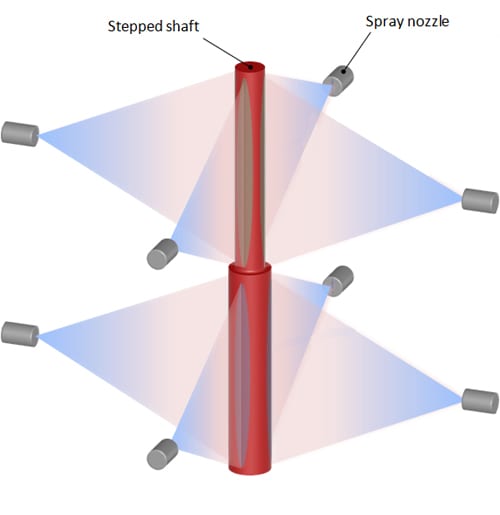

A controlled two phase spray cooling method makes quenching without distortion possible.
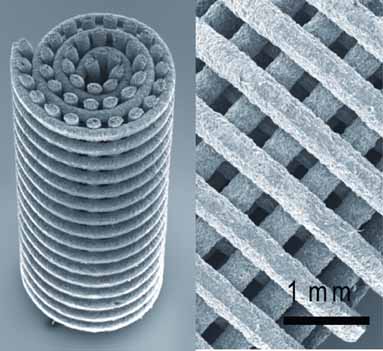
A group of researchers examined a new method for creating 3D micro-architectured Ti structures and found an attractive combination of stiffness, strength, and ductility.

Japanese companies target the future market for Lithium-ion batteries. Kureha, Kuraray, and Itochu jointly developed and commercialized a new hard carbon material called “Biocarbotron”.
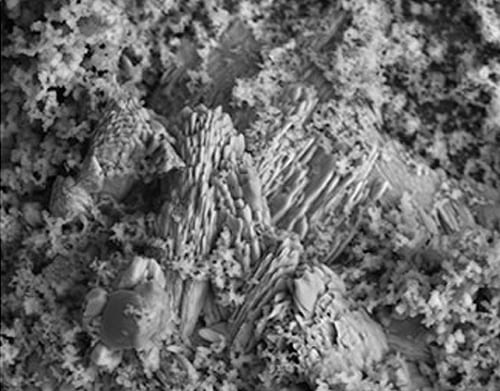
Ceram developed a new range of Hydroxyapatite biomaterials. Now the company is looking for partners to explore the promising materials and to find new applications.

The “Materials Science and Engineering – MSE2012-Congress” will open its gates in Darmstadt, Germany from September 25-27.
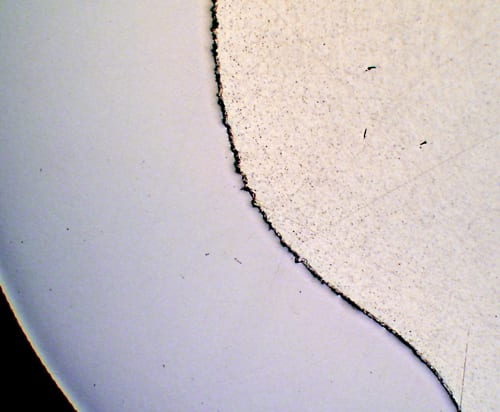
University of Hanover researchers have found the optimum production parameters for compound forging of steel-aluminum parts.
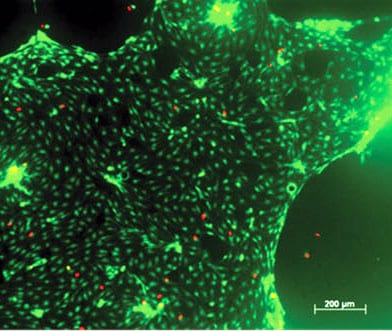
A biocompatible polyacrylate network for the build-up of artificial tissues is created by a 3D printing process.

Brazilian scientists have studied the water absorption in unsaturated polyester composites reinforced with macambira fiber.
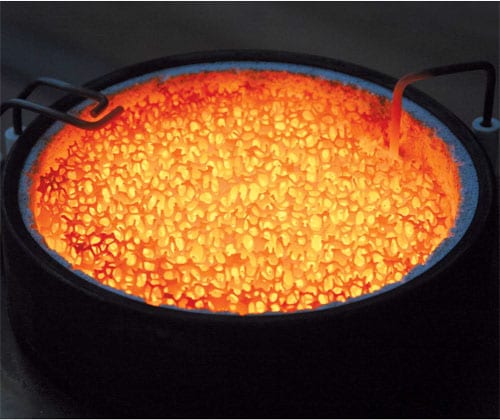
SGL Carbon’s porous reactors can synthesize hydrochloric and hydrofluoric acids and destroy pollutants in industrial waste gases.
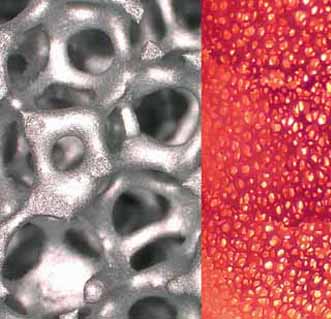
The benefits of porous burner technology are amazing, but many materials science problems remain to be solved.